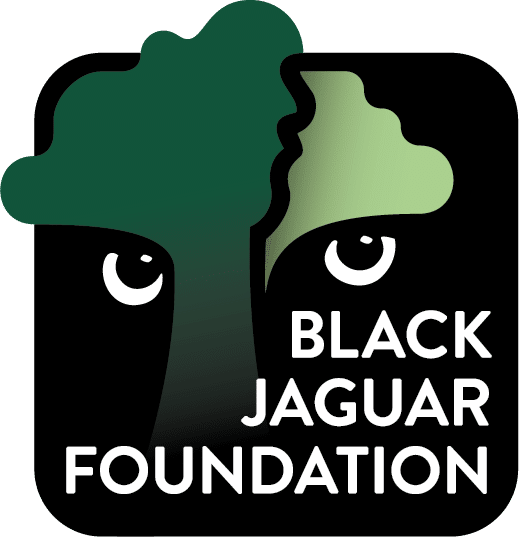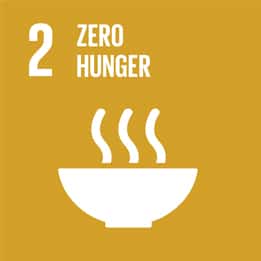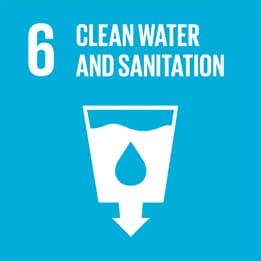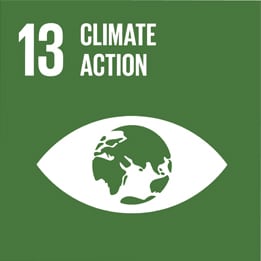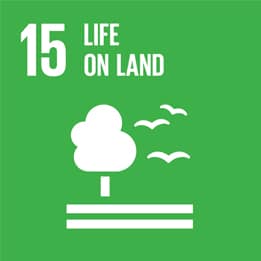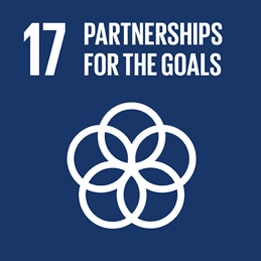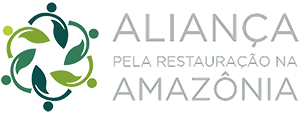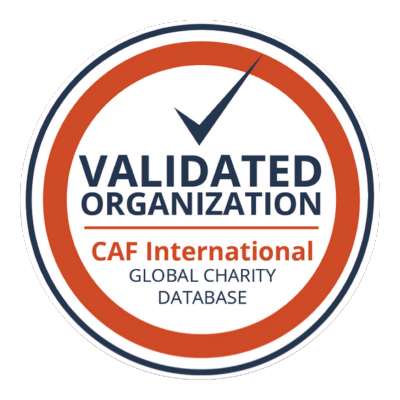© Yann Arthus-Bertrand
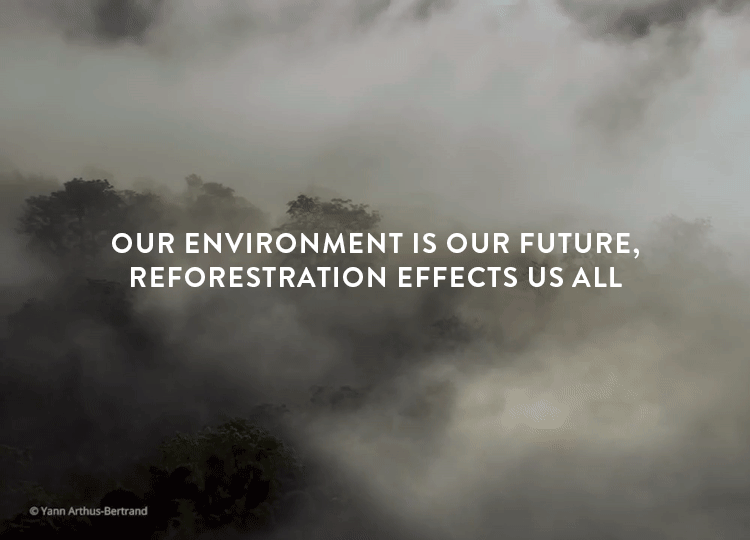
The Black Jaguar Foundation is planting 1.7 billion native trees to realise the Araguaia Biodiversity Corridor. Discover the where, why and how of the most ambitious land restoration project in Brazil.
The Black Jaguar Foundation is planting 1.7 billion native trees to realise the Araguaia Biodiversity Corridor. Discover the where, why and how of the most ambitious land restoration project in Brazil.
THE ARAGUAIA BIODIVERSITY CORRIDOR
THE ARAGUAIA BIODIVERSITY CORRIDOR
Biodiversity corridors, or nature corridors, consist of strips of (reforested) land that connect isolated ‘islands’ of pristine and intact nature. The Araguaia Biodiversity Corridor in Central Brazil will become the longest of all nature corridors on earth and one of South America’s largest reforestation projects. Its scope is astonishing, with a total length of 2,600 kilometers and a width of up to 40 kilometers situated alongside the riverbanks of the entire Araguaia river and part of the Tocantins river. The Corridor connects two of the world’s most vital ecosystems: the Amazon rainforest and the Cerrado savanna.
As for the Cerrado savanna, around 70% of its original pristine habitat within the corridor zone has already been deforested for agricultural purposes. The Corridor connects the remaining 30% of ‘natural habitat pockets’ with each other. It will save thousands of species and bring forth a massive reforestation project, converting agricultural land back to the original state of the Amazon rainforest and Cerrado savanna. Hundreds of millions of indigenous trees will be replanted and go on to have a positive and permanent effect on each of us and all future generations.
2600
KM LONG
40
KM WIDE
10.4
MILLION
HECTARES
Biodiversity corridors, or nature corridors, consist of strips of (reforested) land that connect isolated ‘islands’ of pristine and intact nature. The Araguaia Biodiversity Corridor in Central Brazil will become the longest of all nature corridors on earth and one of South America’s largest reforestation projects.
Its scope is astonishing, with a total length of 2,600 kilometers and a width of up to 40 kilometers situated alongside the riverbanks of the entire Araguaia river and part of the Tocantins river. The Corridor connects two of the world’s most vital ecosystems: the Amazon rainforest and the Cerrado savanna.
As for the Cerrado savanna, around 70% of its original pristine habitat within the corridor zone has already been deforested for agricultural purposes.
The Corridor connects the remaining 30% of ‘natural habitat pockets’ with each other. It will save thousands of species and bring forth a massive reforestation project, converting agricultural land back to the original state of the Amazon rainforest and Cerrado savanna. Hundreds of millions of indigenous trees will be replanted and go on to have a positive and permanent effect on each of us and all future generations.
2600
KM LONG
40
KM WIDE
10.4
MILLION
HECTARES
THIS LAND RESTORATION PROJECT HAS THE SIZE
TO TRULY MAKE A DIFFERENCE
* NUMBERS ARE ESTIMATES AND MAY VARY ACCORDING TO OUR RESTORATION SITE CONDITIONS.
THIS LAND RESTORATION PROJECT HAS THE SIZE
TO TRULY MAKE A DIFFERENCE
* NUMBERS ARE ESTIMATES AND MAY VARY ACCORDING TO OUR RESTORATION SITE CONDITIONS.
1700
TREES TO PLANT
PER HECTARE
1
MILLION
HECTARES TO BE RESTORED
1.7
BILLION
NATIVE TREES TO PLANT
50
DIFFERENT TREE SPECIES
PER HECTARE
5
METHODS OF RESTORATION
1700
TREES TO PLANT PER HECTARE
1
MILLION
HECTARES TO BE RESTORED
1.7
BILLION
NATIVE TREES TO PLANT
50
DIFFERENT TREE SPECIES PER HECTARE
5
METHODS OF RESTORATION
THE 2019 GREEN CAPITAL STUDY CONCLUDED THAT
* NUMBERS ARE BASED ON THE MONETISED VALUE OF ALL THE BENEFITS ASSOCIATED WITH THE RESTORATION OF THE ARAGUAIA BIODIVERSITY CORRIDOR.
262
MILLION
TONS OF CARBON WILL BE
CAPTURED
$17.1
BILLION
WILL BE SAVED IN COSTS
FOR THE PLANET
38
THOUSAND
JOBS WILL BE CREATED
IN THE RESTORATION ECONOMY
$2.7
BILLION
WILL BE GENERATED IN
REVENUE FOR FARMERS
8%
OF BRAZIL’S COMMITMENT TO THE
PARIS ACCORD WILL BE ACHIEVED
PLANTING SMALL
TREES
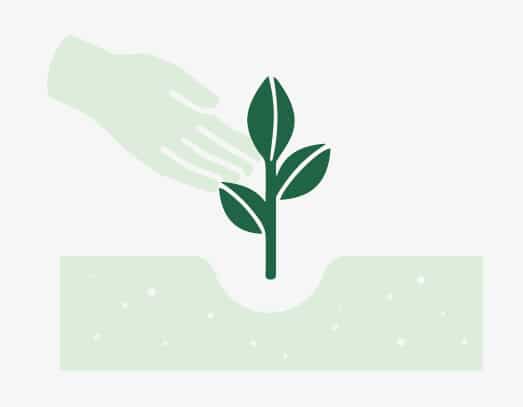
Seedling planting on the entire site which needs to be restored.
DIRECT SEEDING
(MUVUCA)
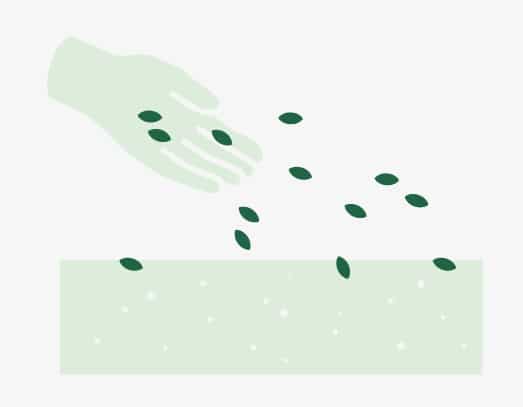
Sowing native trees, bushes and grasses on the entire site to be restored.
DENSIFICATION
Densification
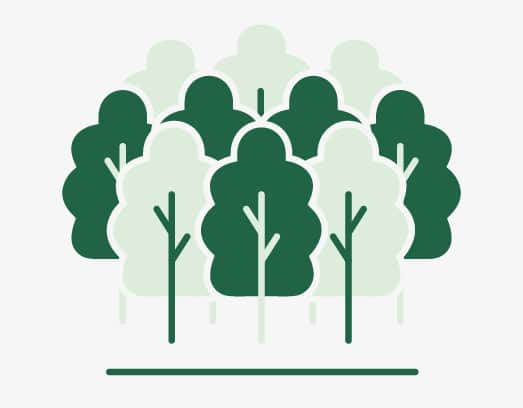
Increase the quantity of trees in density-poor natural regenerating sites.
ENRICHMENT
ENRICHMENT
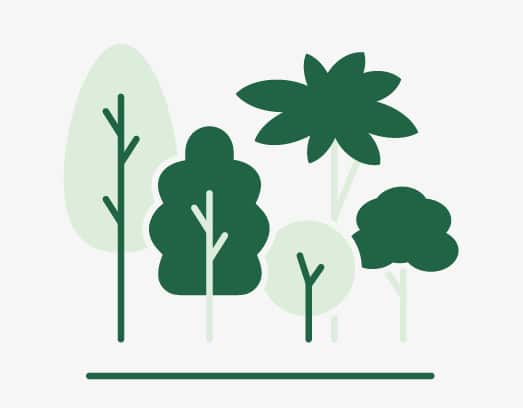
Increase the diversity of trees in species-poor natural regenerating sites.
ASSISTED
REGENERATION
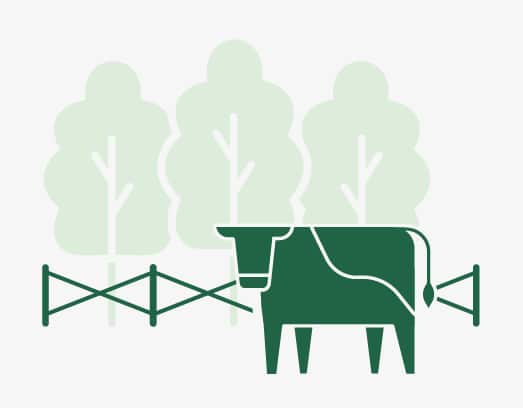
Remove degradation factors, to support already established seedlings.
The BJF Restoration Cycle
The 17 quality steps to bring back Healthy forests
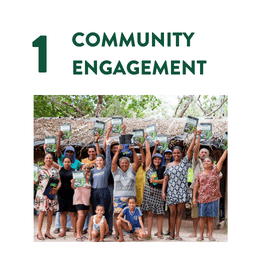
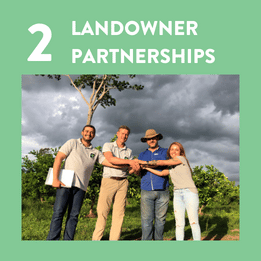
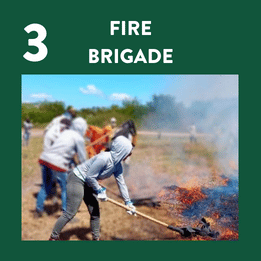














REASONS TO HELP
THE ARAGUAIA CORRIDOR HAS AN IMPACT ON ALL OF US
REASONS TO HELP
THE ARAGUAIA CORRIDOR HAS AN IMPACT ON ALL OF US
TREES PRODUCE FRESH AIR
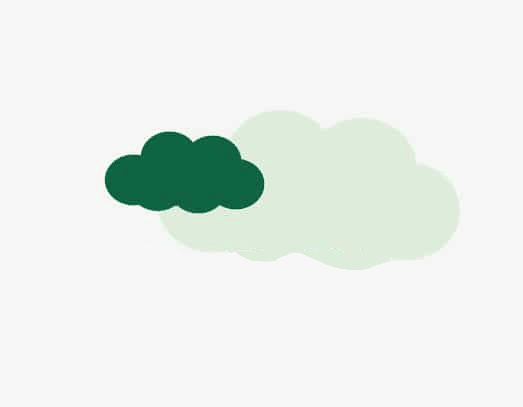
Much of the world’s oxygen is produced in the Amazon
rainforest and the Cerrado savanna.
TREES FILTER DRINKING WATER
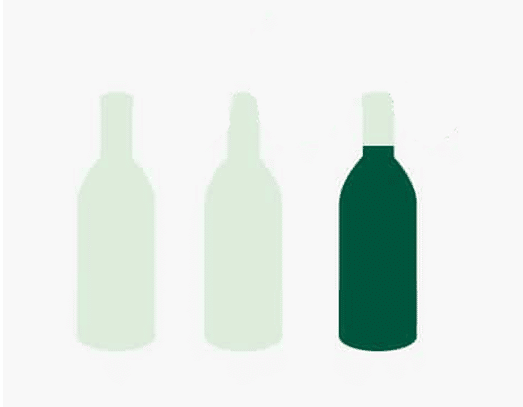
The Amazon and Cerrado filter a large quantity of the sweet water drunk all over the world
THE RAINFOREST PROVIDES MEDICINE
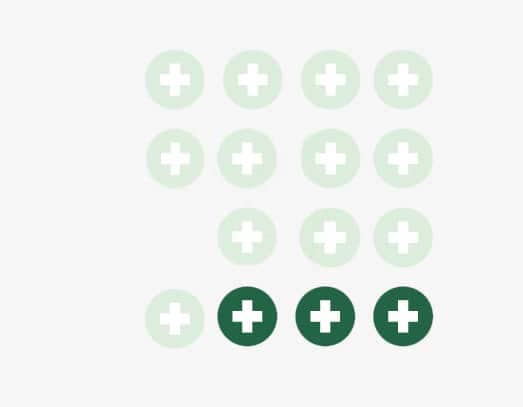
Plants in the Amazon and the Cerrado are also responsible for the production of much modern medication.
NO FOREST, NO RAIN
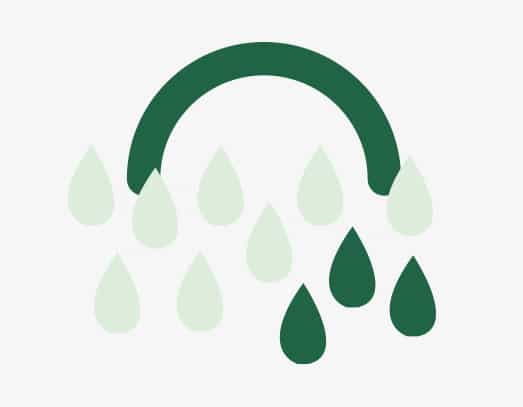
Rain cycles in Southeast Brazil depend on trees from the Amazon and Cerrado. Without forests, no rain and no life.
UNITED NATIONS
SUSTAINABLE DEVELOPMENT GOALS
By planting 1.7 billion native trees the Black Jaguar Foundation is completing one of the largest land restoration projects on earth, and is in support of all the Sustainable Development Goals of the United Nations and in particular the following 6:
How we contribute to all UN Sustainable Development Goals
THE GREEN CAPITAL STUDY
THE IMPACT OF REFORESTATION
During 2019-2020, an international team of 11 scientists conducted an impact study. Supported by a Global Advisory Board, they calculated the total benefits resulting from the land restoration of the Araguaia Biodiversity Corridor, for Brazil and the planet as a whole.
THE GREEN CAPITAL STUDY
THE IMPACT OF REFORESTATION
During 2019-2020, an international team of 11 scientists conducted an impact study. Supported by a Global Advisory Board, they calculated the total benefits resulting from the land restoration of the Araguaia Biodiversity Corridor, for Brazil and the planet as a whole.
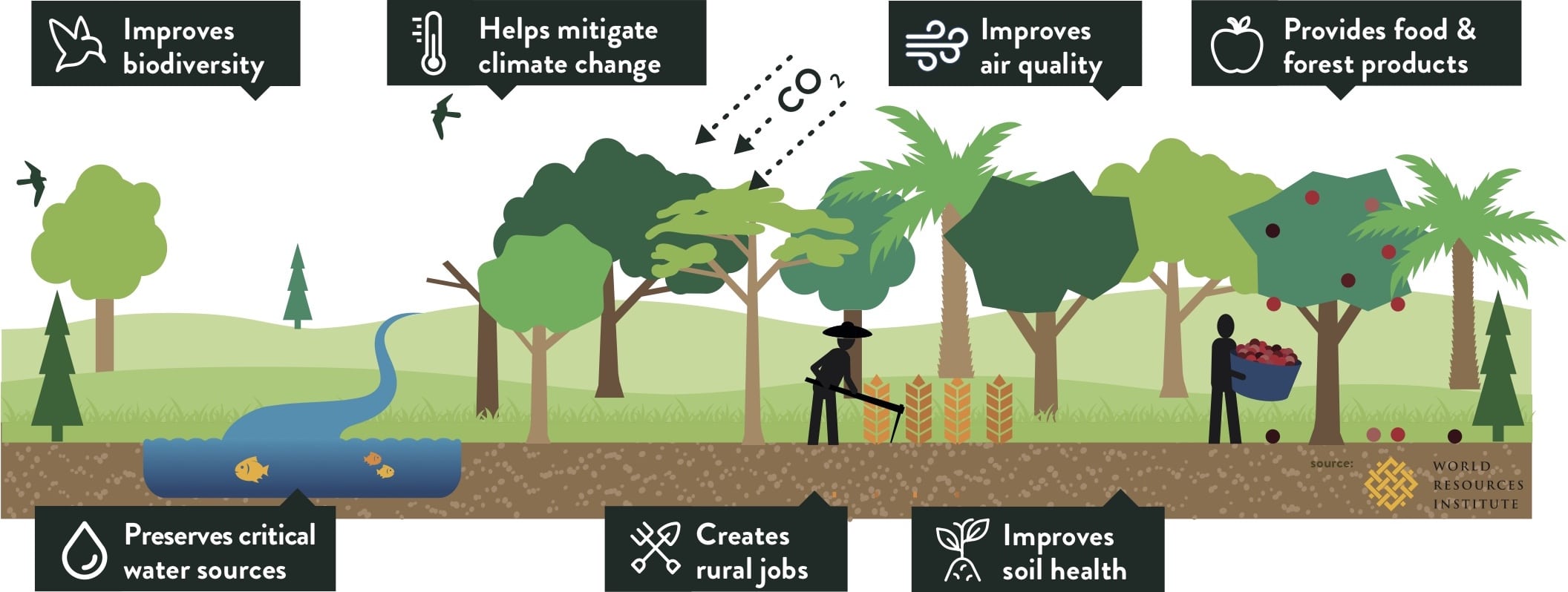
WATCH OUR LATEST PLANTING SEASON VIDEO
The Black Jaguar Foundation’s latest planting season video shows how we are planting 1.7 billion trees with local landowners and how far we have come. Watch it and have a look at the progress that has been made so far to reach our goal of restoring the balance between nature and humankind!
WATCH OUR LATEST PLANTING SEASON VIDEO
The Black Jaguar Foundation’s latest planting season video shows how we are planting 1.7 billion trees with local landowners and how far we have come. Watch it and have a look at the progress that has been made so far to reach our goal of restoring the balance between nature and humankind!
HOW WE SUCCEED
BIODIVERSITY RESTORATION IS ABOUT MORE THAN JUST PLANTING A TREE…

MAPPING
IN 2018 WE HAVE MAPPED 10,4 MILLION HECTARES OF THE ARAGUAIA CORRIDOR!

The realization of the Araguaia Biodiversity Corridor is not an endeavor to undertake lightly. It is a massive conservation project that can only be realized through a step-by-step approach, detailed planning and close partnerships. Our first crucial task was to map the Corridor’s entire 10.4 million hectares (more than 25 million acres), to identify its landowners and determine their land use. Thanks to our valuable partnership with World Resources Institute (Brasil) the crucial task of creating an online mapping platform for the entire corridor was completed in 2018! This immense online database is now in place and key in creating a positive community of landowners who are invaluable to the success of our project.

BIODIVERSITY PLANNING
BIODIVERSITY PLANNING IS COMPLETE FOR THE FIRST 6,000 HECTARES

Each part within the ecosystems of the Corridor has its own unique mix of native trees that is essential to restoring the natural balance of the Amazon rainforest, the Cerrado savanna and the tropical savanna that connects the two. Our second task therefore consists of in-depth studies to determine the right combination of indigenous trees to be replanted for the entire Corridor and meticulous plans for the reforestation itself. The BJF will also set up an Ecological Agriculture Knowledge Center to help landowners transition into sustainable ecological farming while increasing their productivity.

REFORESTATION
OUR FIRST 2 NURSERIES ARE IN OPERATION! WE ARE WORKING TOWARDS OUR FIRST MILLION TREES.

The third and final task is the restoration itself. All the information we gathered will be turned into restoration models and offered to local landowners, including instructions on planting techniques. The Black Jaguar Foundation will finance and carry out the reforestation plans. In 2018 and 2019 we planted over 80,000 native trees. We are currently working to complete our first 1 million native trees. Their plots of land will serve as positive examples to other landowners who are considering creating private protected nature reserves, in line with the environmental laws of Brazil. We will carry out all these complex tasks in close partnership with world renowned scientific institutions and partners.
MAPPING
The realization of the Araguaia Biodiversity Corridor is not an endeavor to undertake lightly. It is a massive conservation project that can only be realized through a step-by-step approach, detailed planning and close partnerships. Our first crucial task is mapping the Corridor’s entire 10.4 million hectares (more than 25 million acres) to identify its landowners and determine their land use. We will build a user friendly online system to store and monitor all this data. This information will be the key to start creating a positive community of landowners who are invaluable to the success of the project.
BIODIVERSITY PLANNING
Each part within the ecosystems of the Corridor has its own unique mix of native trees that is essential to restoring the natural balance of the Amazon rainforest, the Cerrado savanna and the tropical savanna that connects the two. Our second task therefore consists of in-depth studies to determine the right combination of indigenous trees to be replanted for the entire Corridor and meticulous plans for the reforestation itself. The BJF will also set up an Ecological Agriculture Knowledge Center to help landowners transition into sustainable ecological farming while increasing their productivity.
REFORESTATION
The third and final task is the reforestation itself. All the information we gathered will be turned into replantation models and offered to local landowners, including instructions on planting techniques. For a select group of landowners, the Black Jaguar Foundation will finance and carry out the reforestation plans. Their plots of land will serve as positive examples to other landowners who are considering creating private protected nature reserves, in line with the environmental laws of Brazil. We will carry out all these complex tasks in close partnership with world renowned scientific institutions and partners.
WHY WE NEED YOU
WE ARE 100% DEPENDENT ON DONATIONS AND
SPONSOR PARTNER CONTRIBUTIONS

In the preparation phase, during which we built a healthy base for our foundation, our team grew to include over 150 professional volunteers from 14 different countries. We have been the fortunate recipients of free talent, free goods and free services from companies across five continents.
However, we’ve also learned that it takes more than sponsored goods and free services to plant a single tree – let alone millions of them. To be able to build a community of landowners and continue planting trees in the Corridor Zone’s 10.4 million hectares of land, we fully depend on your financial support.

In the preparation phase, during which we built a healthy base for our foundation, our team grew to include over 140 professional volunteers from 14 different countries. We have been the fortunate recipients of free talent, free goods and free services from companies across five continents.
However, we’ve also learned that it takes more than sponsored goods and free services to plant a single tree – let alone millions of them. To be able to build our community of landowners and keep on planting trees in the Corridor Zone’s 10.4 million hectares of land, we also need your financial support.
FAQ
EVERYTHING YOU WANT TO KNOW
ABOUT OUR WORK
FAQ
EVERYTHING YOU WANT TO KNOW
ABOUT OUR WORK
01
HOW DID BLACK JAGUAR FOUNDATION START?
The Black Jaguar Foundation started in 2009, its initial goal making a unique documentary about the black jaguar in the wild – a dream of initiator Ben Valks. During his numerous expeditions it was not the black jaguar he encountered, but the drastically deforested Amazon. The Black Jaguar remained our bold symbol of hope and today we are all about restoring the Araguaia Biodiversity Corridor, connecting our two vital ecosystems: Amazon Rainforest and Cerrado Savanna.
02
WHAT IS A BIODIVERSITY CORRIDOR?
A biodiversity corridor is a strip of reforested land that (re)connects previously fragmented portions of natural habitat. It helps to counter the negative effects of deforestation and to recover degraded areas. Newly reforested areas connect with national parks and indigenous reservations, together creating a mosaic of nature reserves. It is also beneficial to several ecosystems by allowing the wider circulation of animals, stimulating the exchange of genetic material and halting the erosion of biodiversity.
03
WHY PLANT TREES ALONG THE ARAGUAIA RIVER?
The Araguaia river is one of the best preserved large-sized rivers in Brazil. It only caters to one hydroelectric dam, the Tucuruí dam, and is home to the biggest river island in the world. Bananal Island is part national park and part indigenous reservation, and is the only original habitat in a largely deforested area, connecting nature in the north and south. The Araguaia river is also the crucial link between two important and highly diverse ecosystems: the Amazon rainforest and the Cerrado savanna.
01
HOW DID THE CORRIDOR PROJECT START?
The Black Jaguar Foundation started in 2009, its initial goal making a unique documentary about the black jaguar in the wild – a dream of initiator Ben Valks. During his numerous expeditions it was not the black jaguar he encountered, but the drastically deforested Amazon. The Black Jaguar remained our bold symbol of hope and today we are all about restoring the Araguaia Biodiversity Corridor, connecting our two vital ecosystems: Amazon Rainforest and Cerrado Savanna.
02
WHAT IS A BIODIVERSITY CORRIDOR?
A biodiversity corridor is a strip of reforested land that (re)connects previously fragmented portions of natural habitat. It helps to counter the negative effects of deforestation and to recover degraded areas. Newly reforested areas connect with national parks and indigenous reservations, together creating a mosaic of nature reserves. It is also beneficial to several ecosystems by allowing the wider circulation of animals, stimulating the exchange of genetic material and halting the erosion of biodiversity.
03
WHY PLANT TREES ALONG THE ARAGUAIA RIVER?
The Araguaia river is one of the best preserved large-sized rivers in Brazil. It only caters to one hydroelectric dam, the Tucuruí dam, and is home to the biggest river island in the world. Bananal Island is part national park and part indigenous reservation, and is the only original habitat in a largely deforested area, connecting nature in the north and south. The Araguaia river is also the crucial link between two important and highly diverse ecosystems: the Amazon rainforest and the Cerrado savanna.
04
WHAT IS THE IMPORTANCE OF THE CERRADO SAVANNA?
Less known than the Amazon rainforest, the Cerrado savanna is a vital and complex ecosystem that makes up 20% of the Brazilian territory. Two thirds of the Araguaia Corridor Zone is Cerrado savanna. It is said to be the richest savanna in the world in terms of biodiversity with more than 10,000 plant species and its large rivers, endemic fauna and unique forests make it as precious as the Amazon rainforest.
05
WHAT DOES REFORESTATION ENTAIL?
Reforestation is a land restoration process that will vary according to factors such as location, climate and soil conditions. After a thorough study of degraded areas, the best planting techniques and tree species per location can be determined. Success is built on the right combination of such variables: reforestation is truly an art. One thing is certain: when we provide the proper conditions, nature will come back.
06
WHAT KINDS OF TREES WILL BE REPLANTED?
The BJF and its partners will plant a mix of only indigenous native trees to restore the degraded areas of the Araguaia Corridor. In the Cerrado region, approximately 50 different tree species are required to start recreating original forests. The growth of trees then encourages plants to grow, birds to scatter seeds and small animals to find a home, leading other plants to grow and even more animals to arrive. Planting trees is only the first step before nature takes over.
04
WHAT IS THE IMPORTANCE OF THE CERRADO SAVANNA?
Less known than the Amazon rainforest, the Cerrado savanna is a vital and complex ecosystem that makes up 20% of the Brazilian territory. Two thirds of the Araguaia Corridor Zone is Cerrado savanna. It is said to be the richest savanna in the world in terms of biodiversity with more than 10,000 plant species and its large rivers, endemic fauna and unique forests make it as precious as the Amazon rainforest.
05
WHAT DOES REFORESTATION ENTAIL?
Reforestation is a land restoration process that will vary according to factors such as location, climate and soil conditions. After a thorough study of degraded areas, the best planting techniques and tree species per location can be determined. Success is built on the right combination of such variables: reforestation is truly an art. One thing is certain: when we provide the proper conditions, nature will come back.
06
WHAT KINDS OF TREES WILL BE REPLANTED?
The BJF and its partners will plant a mix of only indigenous native trees to restore the degraded areas of the Araguaia Corridor. In the Cerrado region, approximately 50 different tree species are required to start recreating original forests. The growth of trees then encourages plants to grow, birds to scatter seeds and small animals to find a home, leading other plants to grow and even more animals to arrive. Planting trees is only the first step before nature takes over.
07
WHY DO LANDOWNERS WANT TO BE PART OF THIS PROJECT?
Land restoration in Brazil is crucial for farmers, and as the effect of over-farming becomes increasingly apparent, they are starting to realize that the success of agriculture depends on forests and their contribution to the environment. Not only does environmental law in Brazil now dictate that they reserve part of their land for its natural habitat, but the mentality itself is changing. These landowners are becoming more receptive to nature conservation, an attitude the Corridor Project is looking to encourage and build on.
08
IS THE BLACK JAGUAR FOUNDATION DOING THIS ALONE?
The BJF is creating an international alliance of actors who strive to help realize the Araguaia Corridor. We already work together with a variety of partners, including universities, NGOs, companies, governments and scientists, and look forward to expand our network. We know our project won’t be realized overnight. With well defined goals, a clear strategy to achieve them and a step-by-step approach, we know together we are able to succeed.
09
WHERE CAN I FIND MORE INFORMATION?
The complexity and magnitude of this mission can’t be fully explained on the pages of this website. Find out more about land restoration in Brazil and how we plan to scale up to plant 1.7 billion trees by getting in touch. Send us an email at info@black-jaguar.org and we will happily provide you with more information. Thank you for your interest!
07
WHY DO LANDOWNERS WANT TO BE PART OF THIS PROJECT?
Land restoration in Brazil is crucial for farmers, and as the effect of over-farming becomes increasingly apparent, they are starting to realize that the success of agriculture depends on forests and their contribution to the environment. Not only does environmental law in Brazil now dictate that they reserve part of their land for its natural habitat, but the mentality itself is changing. These landowners are becoming more receptive to nature conservation, an attitude the Corridor Project is looking to encourage and build on.
08
IS THE BLACK JAGUAR FOUNDATION DOING THIS ALONE?
The BJF is creating an international alliance of actors who strive to help realize the Araguaia Corridor. We already work together with a variety of partners, including universities, NGOs, companies, governments, and scientists, and look forward to expanding our network. In Brazil itself, there is a huge knowledge base surrounding land restoration and many of these parties are now our partners. We know our project won’t be realized overnight. With well-defined goals, a clear strategy to achieve them, and a step-by-step approach, we know together we are able to succeed.
09
WHERE CAN I FIND MORE INFORMATION?
The complexity and magnitude of this mission can’t be fully explained on the pages of this website. Find out more about land restoration in Brazil and how we plan to scale up to plant 1.7 billion trees by getting in touch. Send us an email at info@black-jaguar.org and we will happily provide you with more information. Thank you for your interest!
